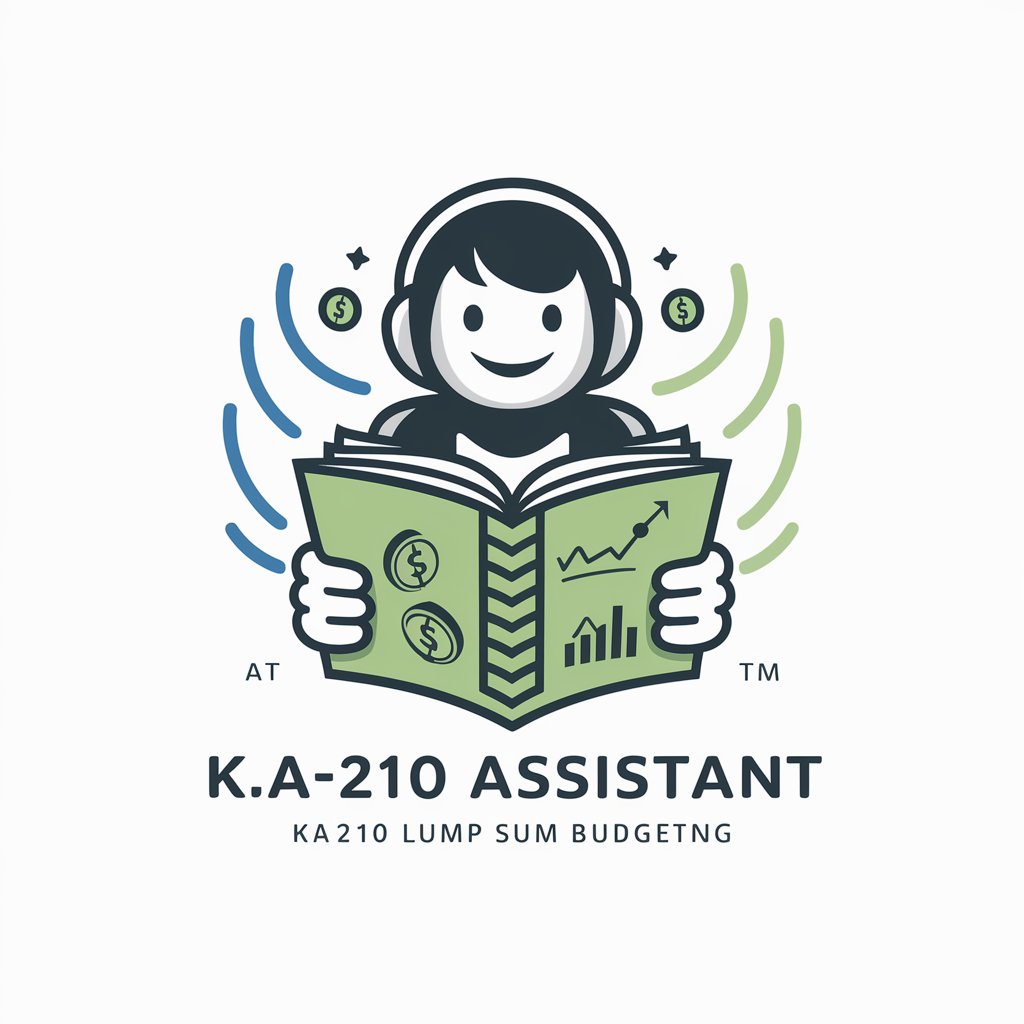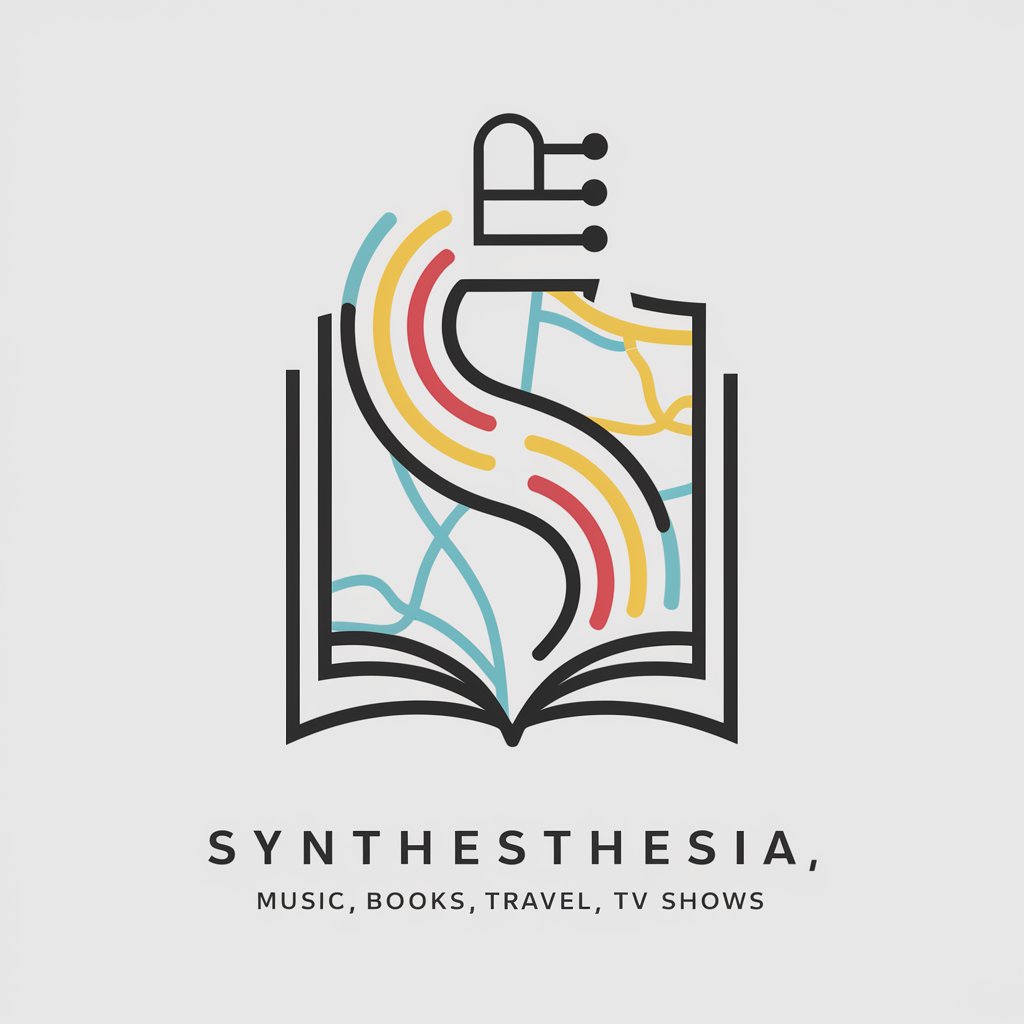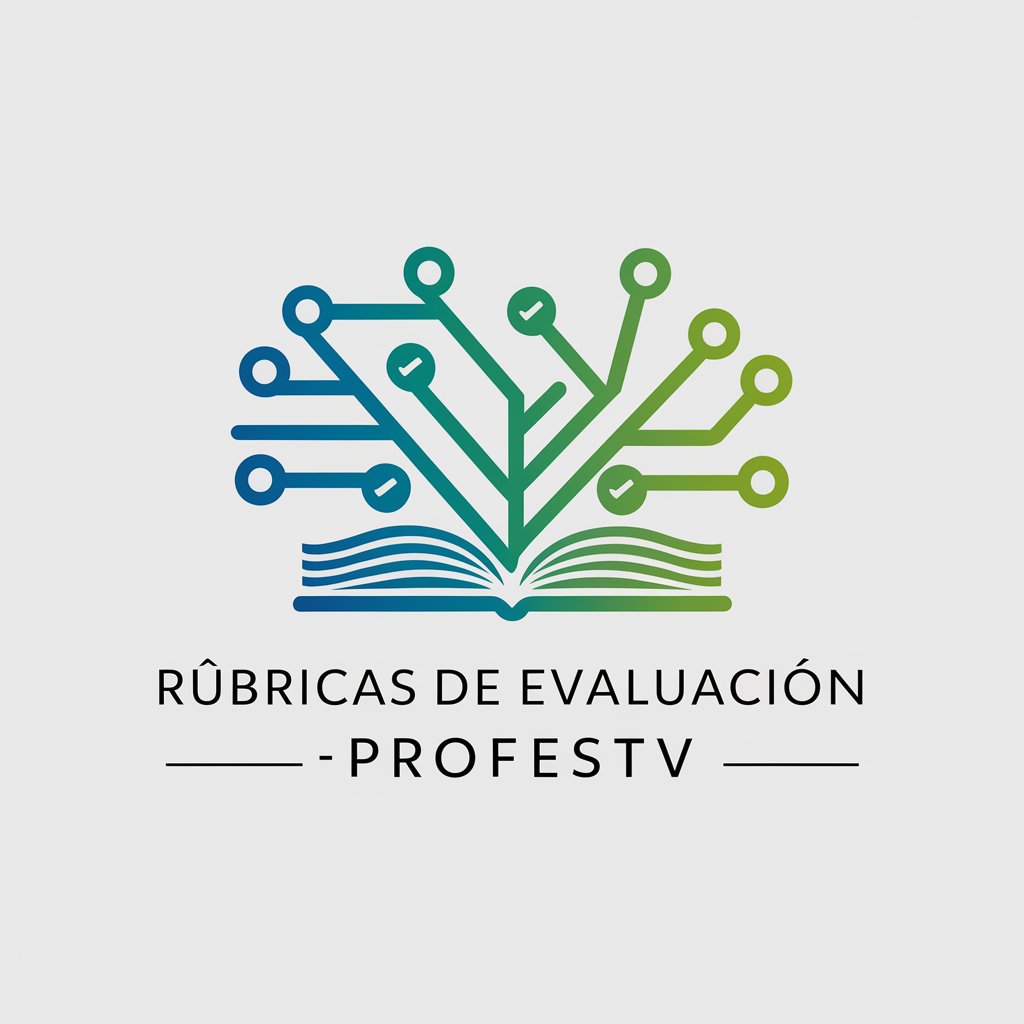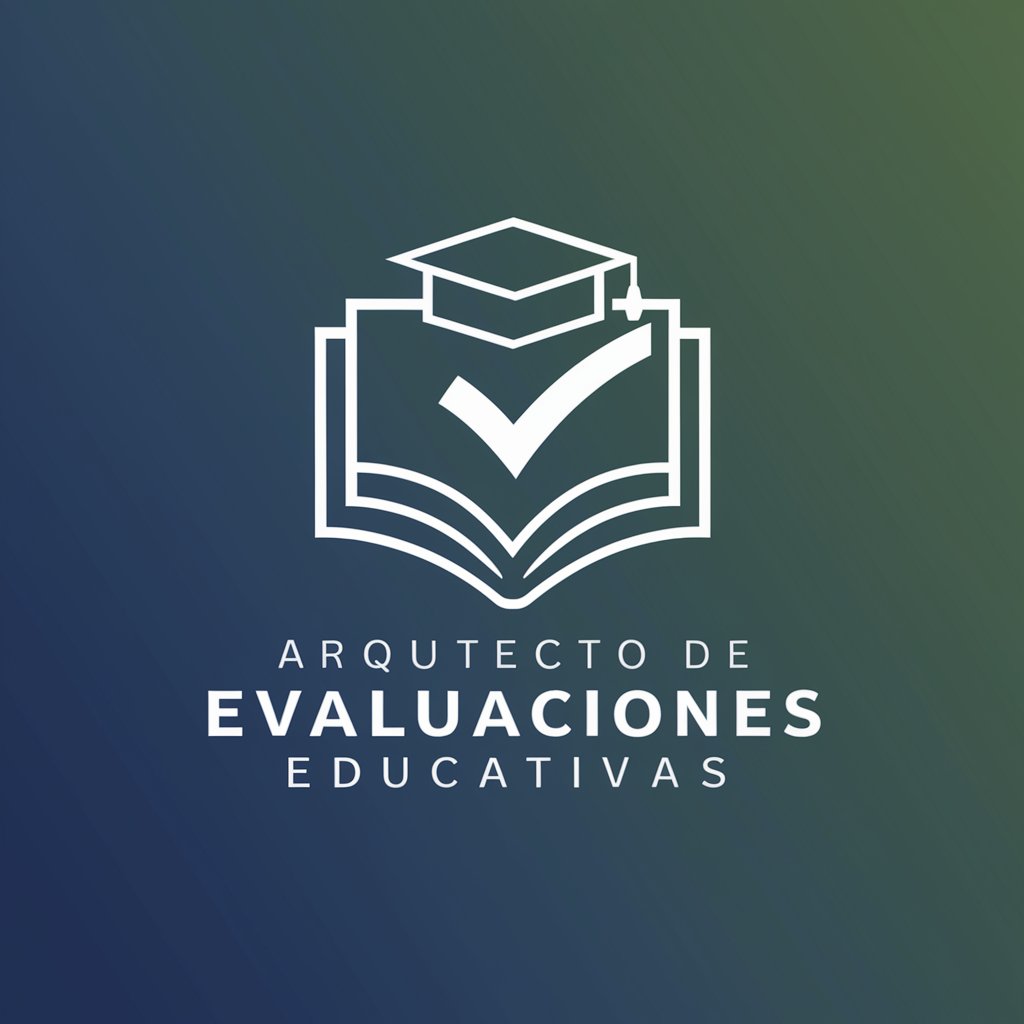
rúbriques d'avaluació - Customizable Evaluation Tool

Welcome! Let's create effective evaluation rubrics for young learners.
Streamline assessment with AI-powered rubrics
Describe the evaluation criteria for social interaction in early childhood education.
What are the key indicators of cognitive development for children aged 3 to 6?
How can educators assess emotional growth in preschoolers?
List five evaluation criteria for language development in early childhood.
Get Embed Code
Introduction to Rúbriques d'Avaluació
Rúbriques d'avaluació, or assessment rubrics, are structured tools used in educational settings to evaluate student performance across various criteria. They consist of a matrix that delineates expected levels of performance for each criterion. These levels are typically categorized as 'novice,' 'apprentice,' 'advanced,' and 'expert,' providing a clear framework for both students and teachers to understand the expectations and standards of performance. For example, in an early childhood educational setting, a rubric might assess social skills, language use, and cognitive development, providing specific descriptors at each performance level that reflect developmental milestones appropriate for young children. Powered by ChatGPT-4o。

Main Functions of Rúbriques d'Avaluació
Standardization of Evaluation
Example
Teachers use rubrics to assess students on a project. Each student's work is evaluated against the same criteria and performance standards, ensuring fairness and consistency in grading.
Scenario
In a preschool classroom, a rubric is used to evaluate children's ability to interact with peers during playtime. The rubric helps teachers observe and measure social interactions against defined criteria, such as sharing and communicating.
Clarification of Expectations
Example
Rubrics detail the expected outcomes and standards for tasks, clarifying what is expected from students at varying levels of performance.
Scenario
Before a storytelling session in a kindergarten class, the teacher shares a rubric that explains how storytelling skills will be assessed, including elements like engagement, pronunciation, and adherence to the storyline.
Feedback and Development
Example
Rubrics provide structured feedback to students, allowing them to understand their strengths and areas for improvement.
Scenario
After a drawing activity, a teacher uses a rubric to provide feedback to students. The rubric includes criteria such as creativity, use of space, and color choices, helping students understand how they can improve their art skills.
Ideal Users of Rúbriques d'Avaluació Services
Educators
Teachers, especially those in early childhood education, utilize rubrics to assess developmental and educational milestones. Rubrics aid in monitoring student progress and tailoring instruction to meet individual needs.
School Administrators
Administrators use rubrics to ensure that teaching standards are met across classrooms. They also use rubric data to make informed decisions about curriculum adjustments and teacher training needs.

How to Use Rúbriques d'Avaluació
Start your trial
Visit yeschat.ai for a free trial without login or ChatGPT Plus.
Understand the framework
Review educational standards and curricular goals that pertain to the age group and subject you are teaching, as outlined in local educational guidelines.
Choose evaluation criteria
Select or develop evaluation criteria based on the learning objectives and the developmental stage of the students. Align these with the four proficiency levels: Novice, Learner, Advanced, and Expert.
Create the rubric
Construct the rubric by placing the evaluation criteria on the Y-axis and the proficiency levels on the X-axis, ensuring each cell of the grid specifies what performance at that level looks like.
Apply and refine
Use the rubric to assess student performance, providing consistent and structured feedback. Refine the rubric based on reflective observations and feedback from educational peers.
Try other advanced and practical GPTs
Healing Me Plus GPTS
Empowering your healthcare decisions with AI

Contact Center Commander
Empower your customer service with AI

Grant Paws
Empowering rescues with AI-driven grant discovery

Tone Tuner
Refine Your Text with AI Precision

Stoischer Reflektor
Enhance life with Stoic insights

Guide to Preparing a Lump Sum Budget
Simplify Your Erasmus+ Budgeting

Forensic Artist
Precision sketching powered by AI

Synthesthesia
Experience Your World Through AI

Dreamy Tales
Bringing Bedtime Stories to Life

Emoji Oracle
Speak Fluent Emoji with AI

Monzo Community Forum GPT
Empowering Monzo interactions with AI

TOK Essay Expert
Empowering Your TOK Journey with AI

FAQs on Rúbriques d'Avaluació
What is a rúbriques d'avaluació?
A rúbriques d'avaluació, or assessment rubric, is a tool used to evaluate student performance based on a set of criteria and standards. It is structured into a grid with defined levels of achievement, helping educators provide clear and consistent feedback.
How do rúbriques d'avaluació improve teaching practices?
Rubrics help clarify the expectations for students and provide a transparent mechanism for grading. They promote consistency in scoring and offer detailed feedback to students, which can guide instructional adjustments and targeted student support.
Can rúbriques d'avaluació be used for group projects?
Yes, rubrics are versatile and can be adapted for individual or group assessments. For group projects, they can help in clearly defining roles, responsibilities, and expectations, making the evaluation process fair and comprehensive.
Are there different types of rúbriques d'avaluació?
Yes, there are several types including analytic and holistic rubrics. Analytic rubrics assess components of a project separately, while holistic rubrics provide a single score based on an overall judgment of the student's work.
How can I customize a rúbriques d'avaluació?
Customization of a rubric involves selecting criteria directly aligned with the learning objectives, setting performance levels, and defining clear descriptions for each level. It should be tailored to the specific educational context and student needs.





